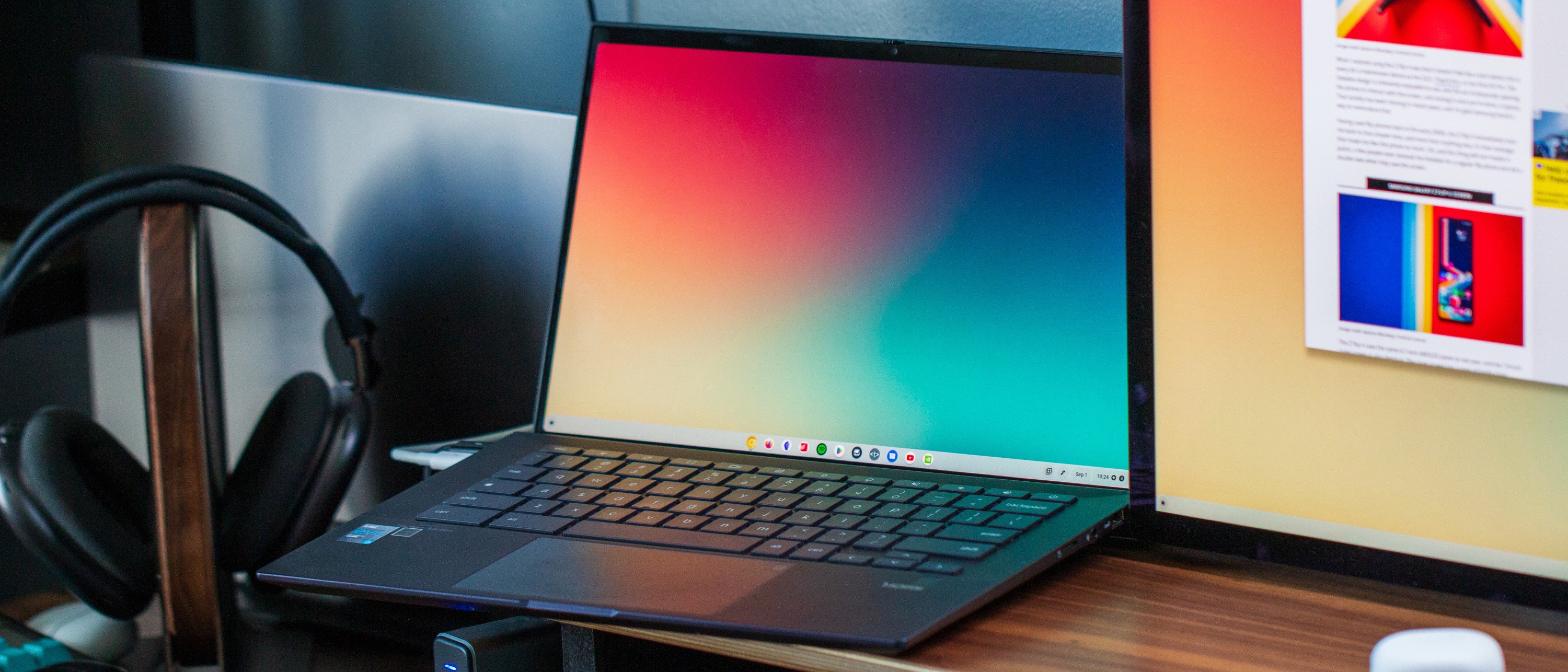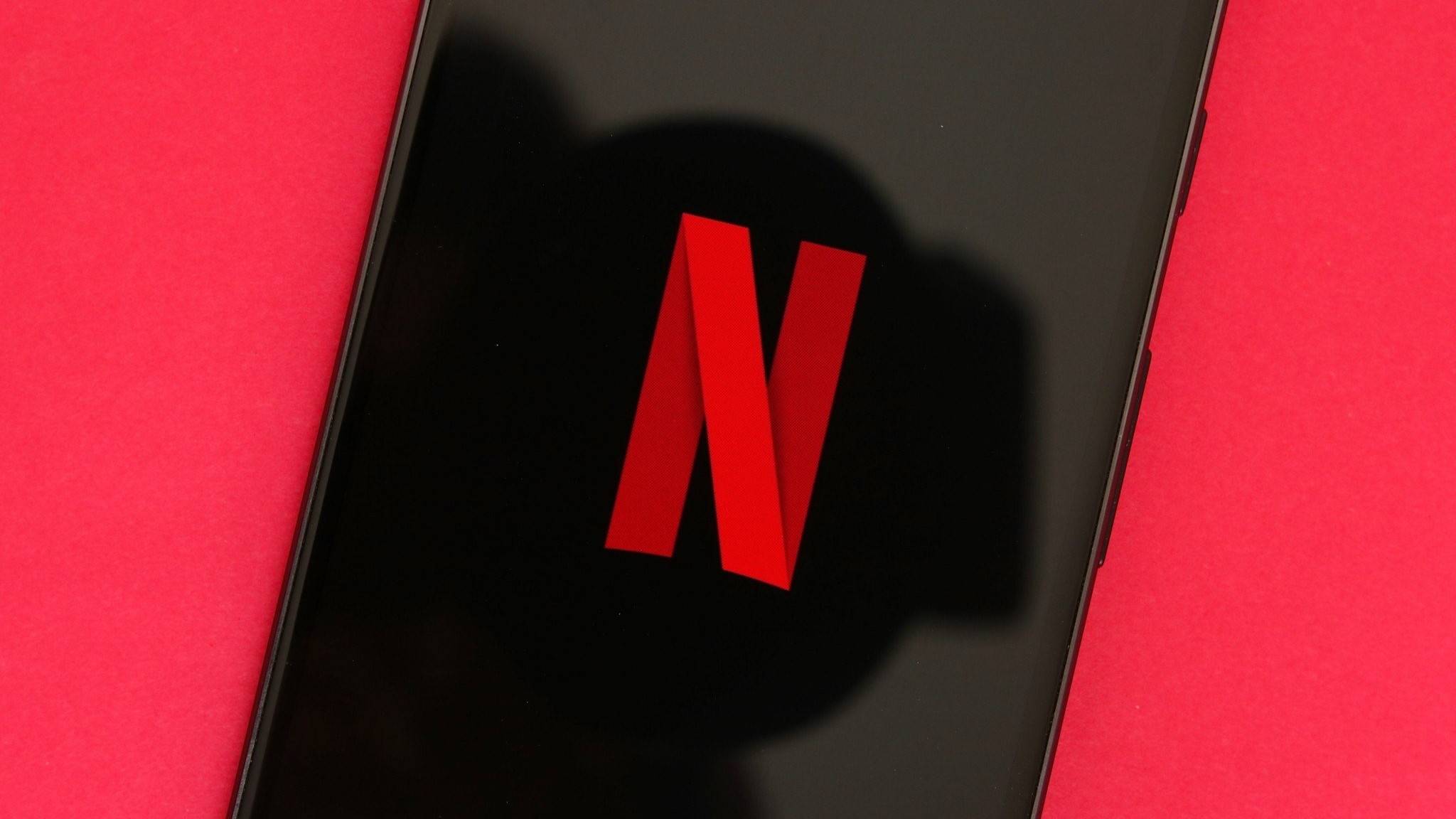Android Central Verdict
There's a lot to like about the Chromebook CX9, even though it's using Intel's 11th Gen chips. There's plenty of power under the hood, and the hinge mechanism puts the keyboard at the perfect ergonomic angle. But middling battery life really puts a damper on an otherwise excellent Chromebook.
Pros
- +
Incredibly powerful
- +
Unique hinge makes it even more comfortable to type on
- +
Compatible with Google's Steam Alpha initiative
- +
Durable and sturdy construction
- +
UHD display is gorgeous
Cons
- -
Battery life leaves a lot to be desired
- -
Bottom-firing speakers are meh
- -
Virtual numpad is neat, but not useful
Why you can trust Android Central
Gone are the days when you would look for a Chromebook, only to see the high-end models max out with a base-line Intel chip. These have served the industry well, as the budget options remain some of the most popular models for schools and those who want a basic laptop.
But as Intel's processors continue to get more and more powerful, we've been seeing new Chromebooks released with the same amount of power as their Windows counterparts. And that brings us to the ASUS Chromebook CX9, which is one of the first truly powerful Chromebooks to hit the scene.
ASUS Chromebook CX9: Price and availability
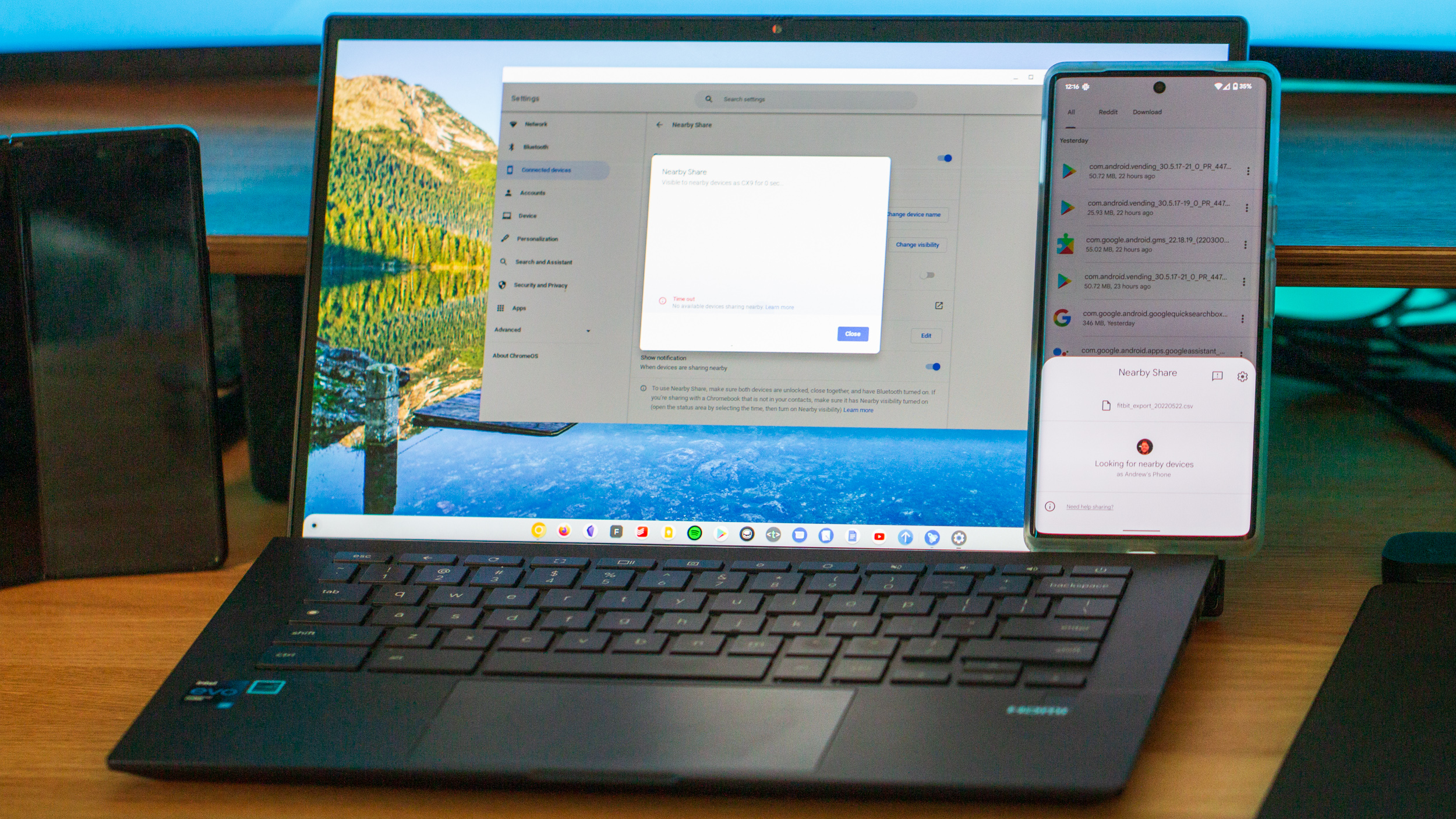
ASUS first announced the Chromebook CX9 at CES 2021, before it made its official debut in June 2021. This was one of the first Chromebooks to launch with Intel's most powerful 11th Gen processors, complete with up to 16GB of RAM and up to a 512GB NVMe SSD for storage. It's also one of the few Chromebooks available that sport multiple Thunderbolt 4 ports, where many others continue relying on traditional USB-C for data and power.
| Category | ASUS Chromebook CX9 |
|---|---|
| Display | 14-inch FHD (1920x1080) touchscreen, 14-inch UHD (3840x2160), 16:9 aspect ratio, 400 nits |
| Processor | Intel Core i3-1115G4, Intel Core i5-1135G7, Intel Core i7-1165G7 |
| Graphics | Intel Iris Xe |
| RAM | 8GB, 16GB |
| Storage | 128GB, 256GB, 512GB NVMe SSD |
| Battery | 50Wh cell |
| Ports | 2x Thunderbolt 4 (USB-C), 1x USB-A (USB 3.2 Gen 2), full-size HDMI, microSD card slot, 3.5mm stereo combo jack, Kensington lock |
| Webcam | 720p HD |
| Dimensions | 12.69" x 8.07" x 0.71" |
| Weight | 2.54 pounds |
| Extra features | Webcam privacy shutter, 45W Power Delivery, Wi-Fi 6, Bluetooth 5.2, MIL-STD 810H military-grade standard, fingerprint scanner |
The base model Chromebook CX9 with an Intel Core i3-1115G4 processor and 8GB of RAM retails for $749.99. This price goes up incrementally based on the configuration you are looking for, maxing out with the Intel Core i7-1165G7, 16GB of RAM, and a UHD (3840x2160) display for $1249.99.
ASUS Chromebook CX9: What you'll like
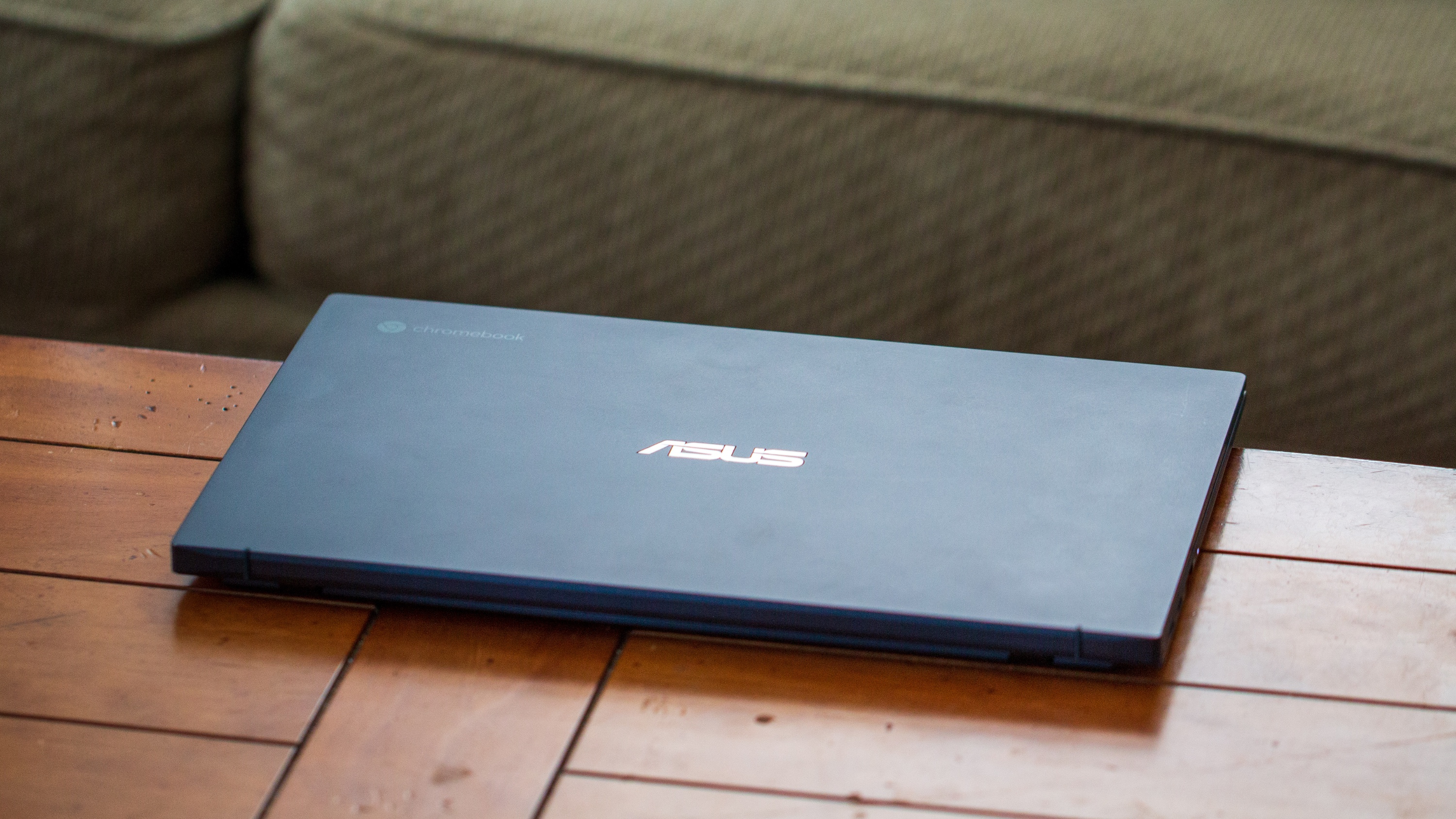
Putting things plainly, until I got my hands on the HP Elite Dragonfly Chromebook earlier this year, the ASUS Chromebook CX9 was the most powerful Chromebook that I had ever used. ASUS really swung for the fences when it comes to the spec sheet, offering the best processing power that money can buy for an 11th Gen Intel device.
But there's much more that goes into what makes the CX9 one of the more unique Chromebooks out there, besides just being a powerful beast. For one, you'll be able to get work done and play your favorite titles, as the CX9 is on the shortlist for the Steam Alpha program. Being able to fire up some of my favorite Steam games on a Chromebook, natively, still blows my mind, and there were only a couple of times when I really needed to tinker with the graphics settings. I wouldn't put that onus on ASUS though, as Steam Alpha's not yet ready for primetime, and there's still plenty of work to do.
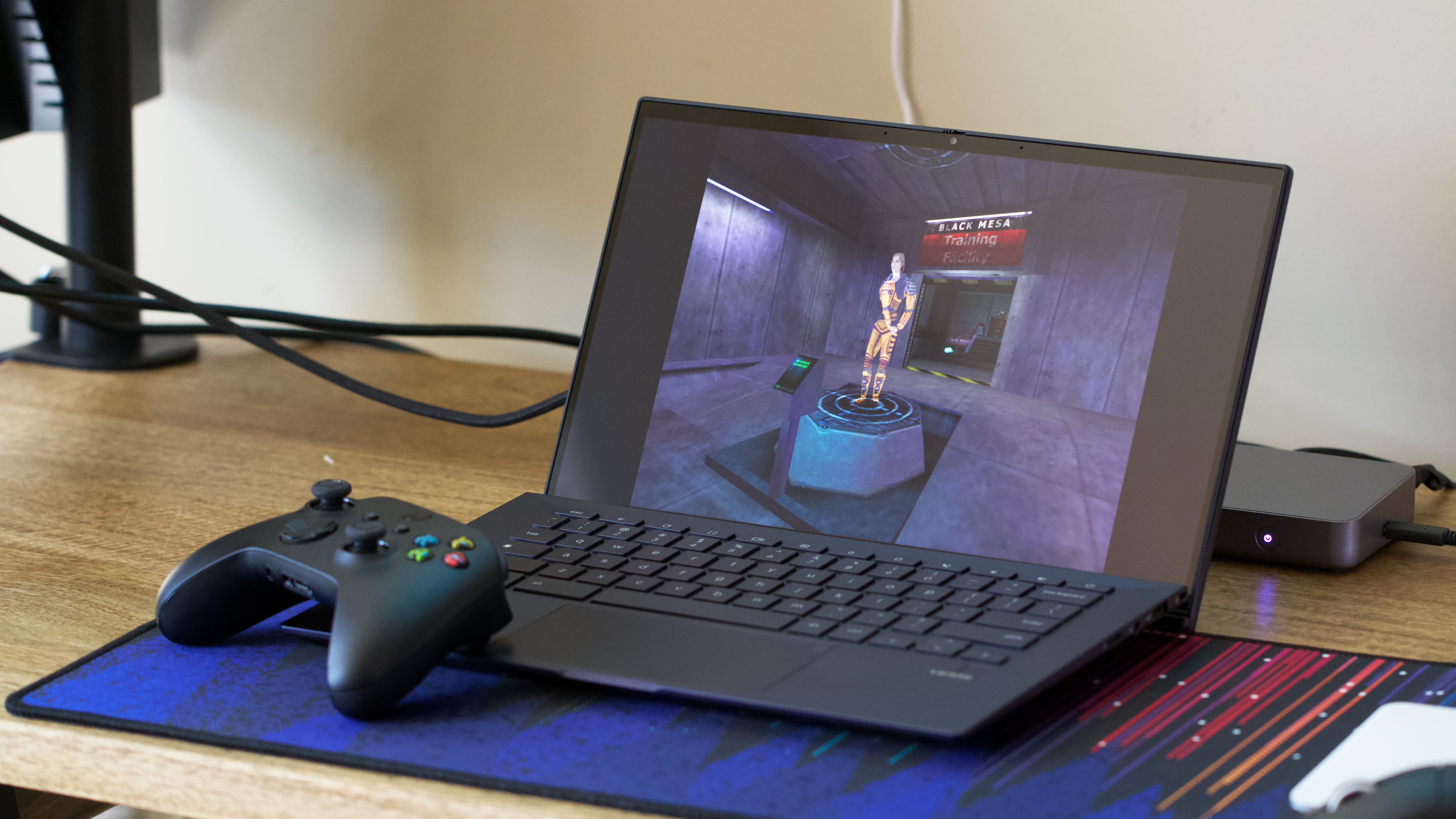
Speaking of getting work done, I'm a sucker for a good typing experience, even when I can't bring one of my mechanical keyboards with me. Thankfully, the Chromebook CX9 doesn't disappoint in this area, as there's plenty of separation between the keys, despite the extremely compact design. And the key travel is so pleasant that the CX9 offers a bit of a reprieve when my fingers are tired from using a mechanical keyboard.
With a 14-inch display, the Chromebook CX9 offers plenty of screen real estate for getting work done, even when working with multiple windows. It's USI-compatible, but we'll touch more on that later on. Instead, I'd like to point out how absolutely stunning the UHD display looks. Unlike some of the other best Chromebooks out there, the CX9 is actually usable when outside, and it gets even better when I'm sitting on my couch or at the desk.
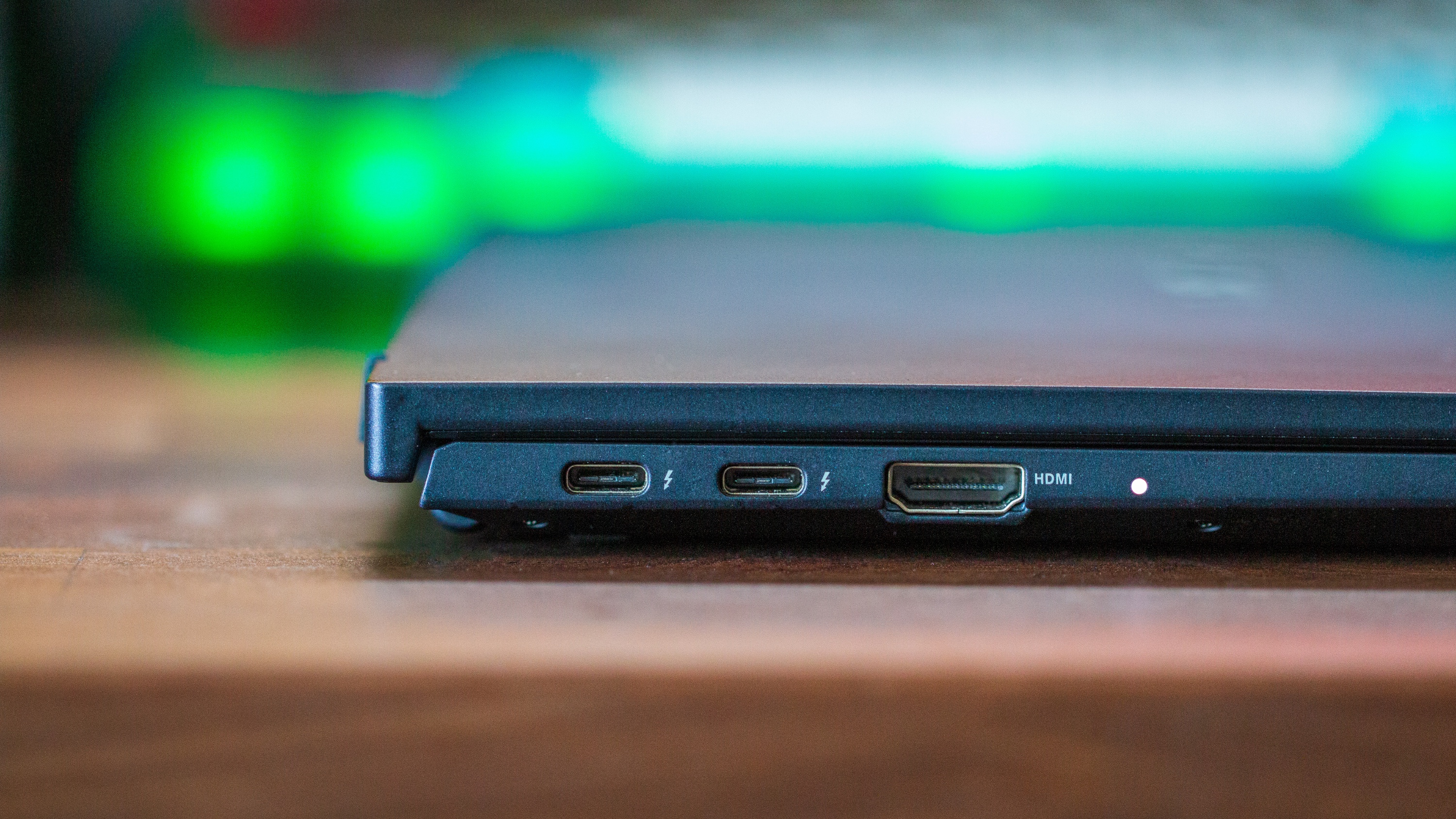
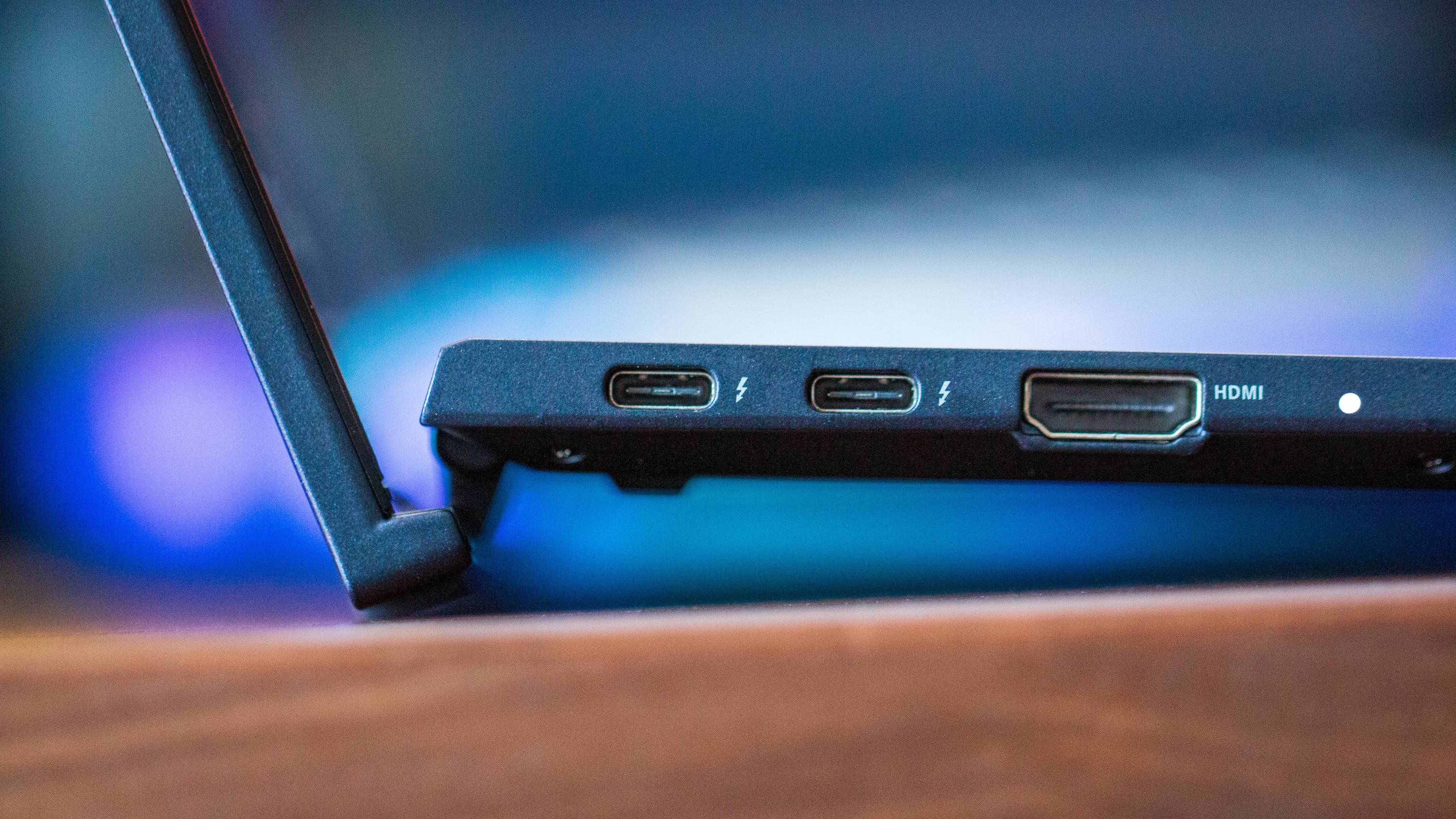
This brings me to another unique aspect of the CX9 with its hinge. ASUS is working with some magic here, as the hinge mechanism lifts the keyboard deck off of the table, putting it at the perfect angle to type on. It's a bit odd when sitting on the couch, as I have a tendency of moving around, which raises or lowers the angle itself. But ASUS really nailed it if you're concerned with ergonomics when typing for long periods of time. I'm really hoping that the successor of the CX9 uses this hinge mechanism, and maybe we'll see other Chromebook makers do something similar.
In the unit that I've been testing, the CX9 is powered by the Intel Core i7-1165G7, with 16GB of RAM and 512GB of NVMe storage. I've also added Linux to my workflow, as the Play Store version of my favorite application, Obsidian, just doesn't look great or work as seamlessly. And as I mentioned before, there are a few Steam games on deck, just for those times when I want to mess around and kill some time.
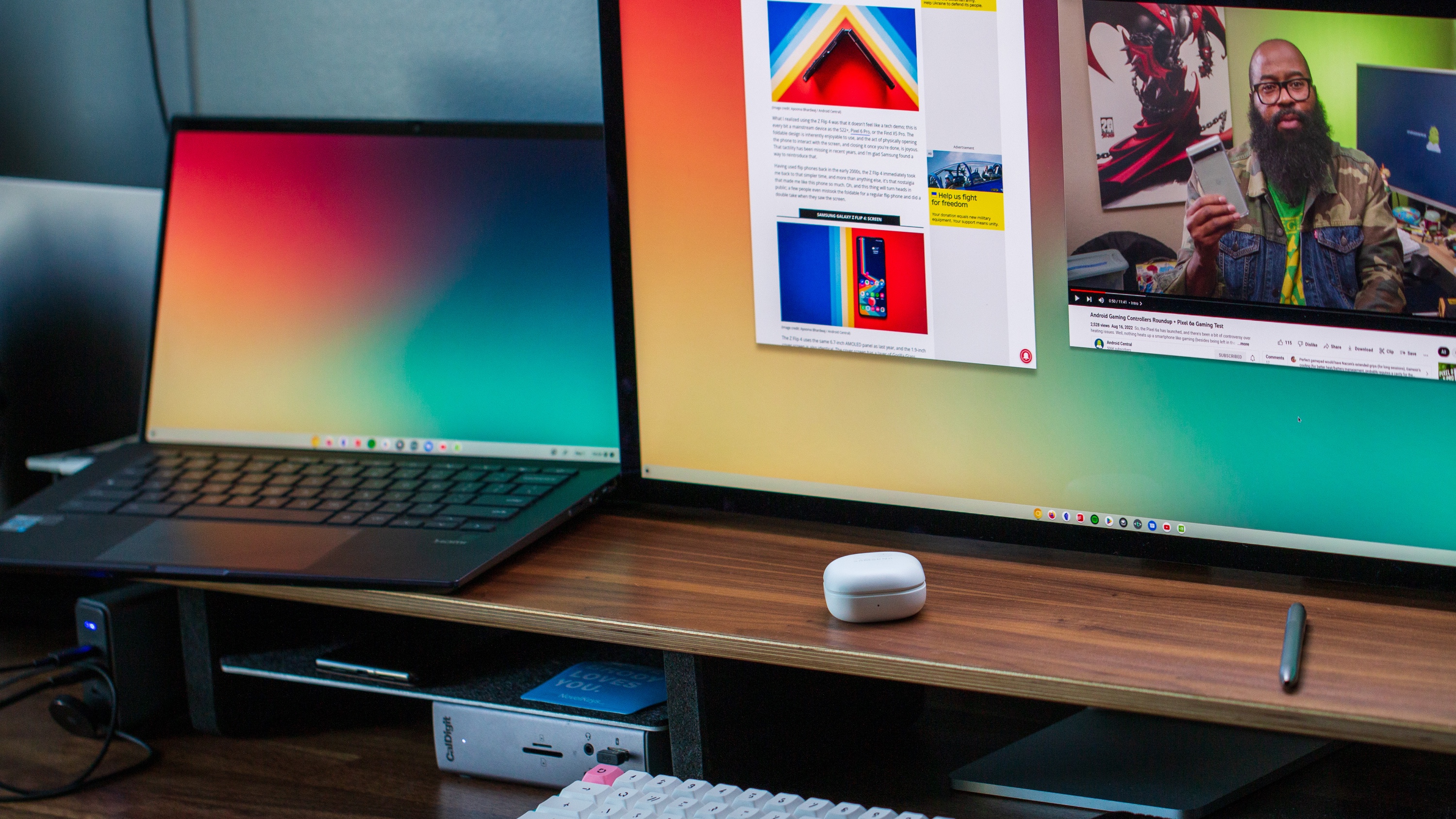
Even with multiple tabs open, Linux apps open, and switching back and forth between different desktops, the CX9 has never hiccupped. At least, not due to any fault of its own. There were one or two instances of when the CX9 would randomly reboot, but that's because I had forgotten to update ChromeOS to the latest version.
And while I'm someone who takes extra precautions with their devices, I've never had to put the MIL-STD 810H rating to the test. The only time I've even dropped the CX9 was from about a foot from the ground, and it fell flat onto the carpet. ASUS' Chromebook didn't even skip a beat, didn't turn the screen off, and allowed me to pick it up and keep working.
ASUS Chromebook CX9: What you won't like
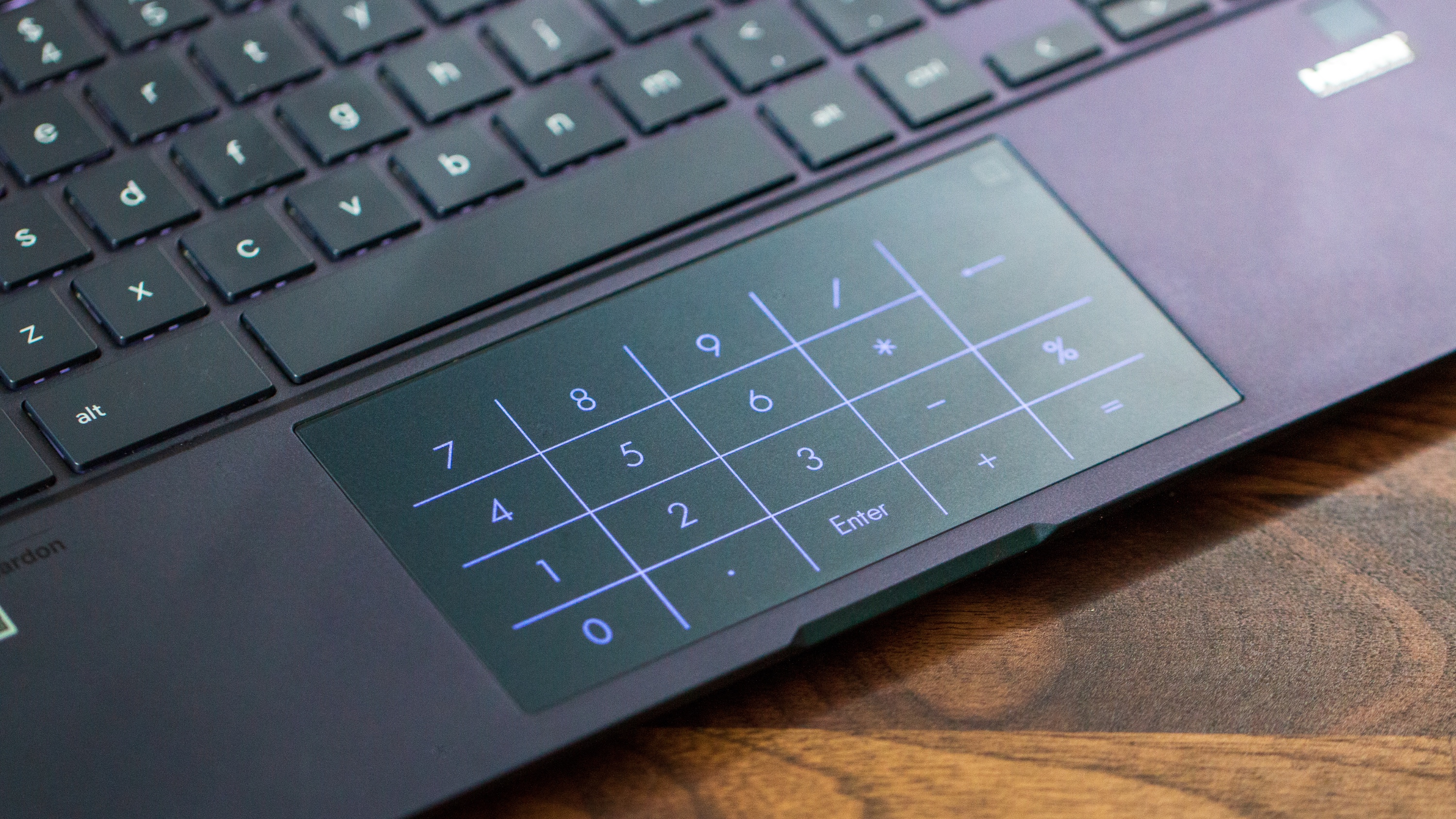
By in large, it's pretty apparent that I've had some good experiences with the Chromebook CX9, but not everything is roses and daisies in ASUS land.
For one, the bottom-firing speakers, even with the unique hinge mechanism, are just not good. I understand that there wasn't much room on the keyboard deck to put speakers, but I really wish Chromebook manufacturers would figure something out. What's the point of using the Chromebook as a laptop if my legs are going to muffle the sound coming out anyways?
But something that's even worse than the speakers, for me at least, is the battery life. I know the CX9, with all of its processing power and the UHD display, isn't going to last for very long. But I'm barely able to get five hours out of this thing before I'm reaching for a charger. And that's just going through my regular and traditional workflow. Playing games, let alone AAA titles, is going to drain the battery quickly, so I'm not even accounting for my gaming sessions here.
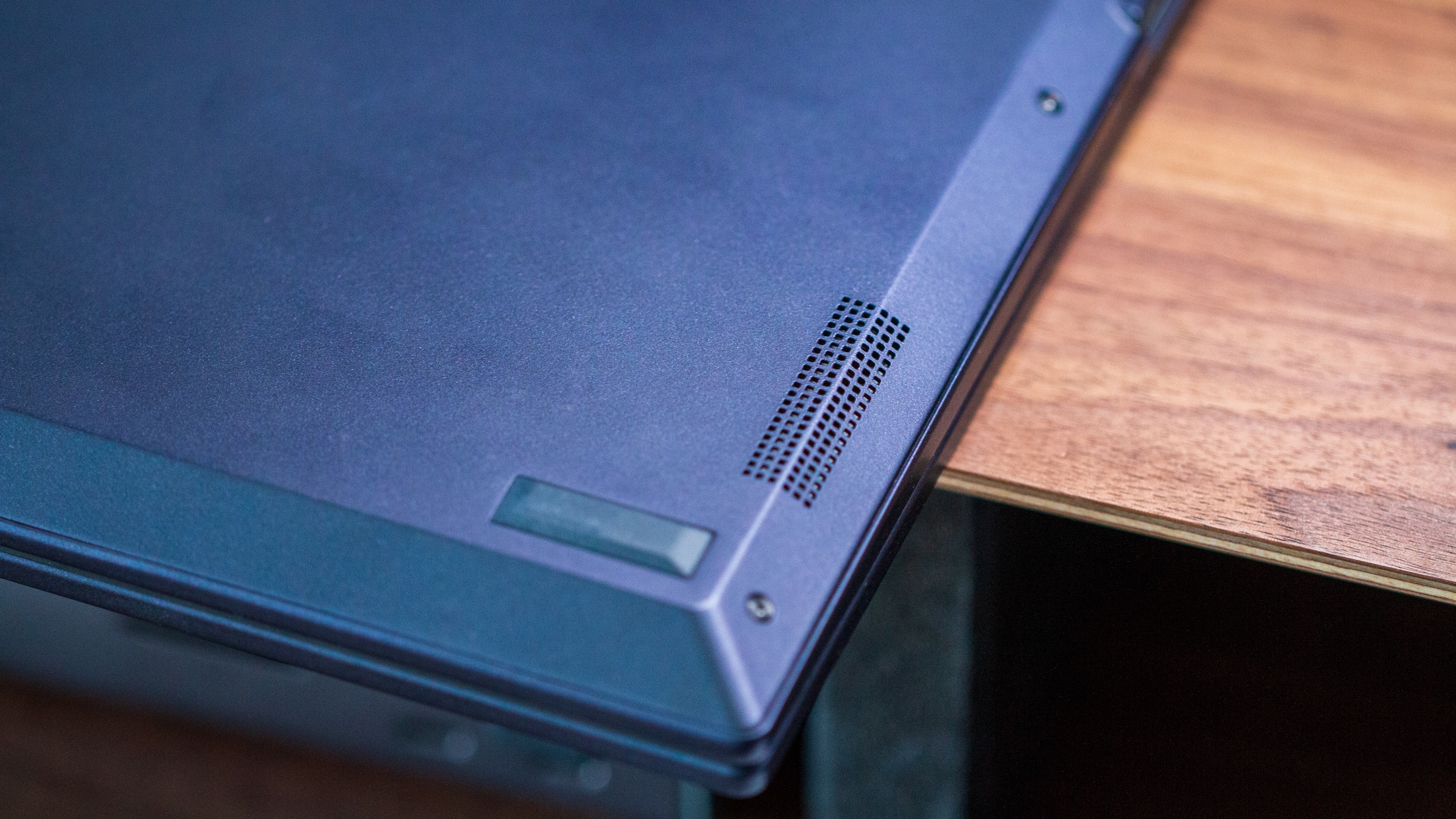
With pretty much every other Chromebook that I've reviewed, I've been able to go sit on the couch in the evening with 100%, leave the Chromebook on the coffee table when I go to bed, and come back to at least some battery left in the morning. Nope. Not with the CX9.
It's been an issue since the beginning, and is the only Chromebook that has reintroduced my fear of running out of battery when I'm away from a charger. If ASUS does end up releasing a successor powered by 12th Gen chips, hopefully, the battery life is improved, but we'll just have to wait and see.
Something else that I found myself frustrated about was the 180-degree limitation with the display. I'm not really sure who's going to be using this completely flattened out, let alone who has enough desk or table space to do so. Throw in the fact that the CX9 is compatible with the best USI stylus pens, and it's just an awkward combination. Sure, it's nice to be able to sign a document on the screen, but those hoping for some type of tablet mode will need to look elsewhere.
And while the decision to implement the digital numpad on the trackpad is nifty, it's often forgotten about. I've only used it a handful of times, as I just simply forget that it's there. Yes, there's an icon on the trackpad letting you know where to tap and hold to activate it, but I'm a touch typist, therefore removing the potential reminder from appearing. It's pretty cool, but it's not very practical.
ASUS Chromebook CX9: The competition
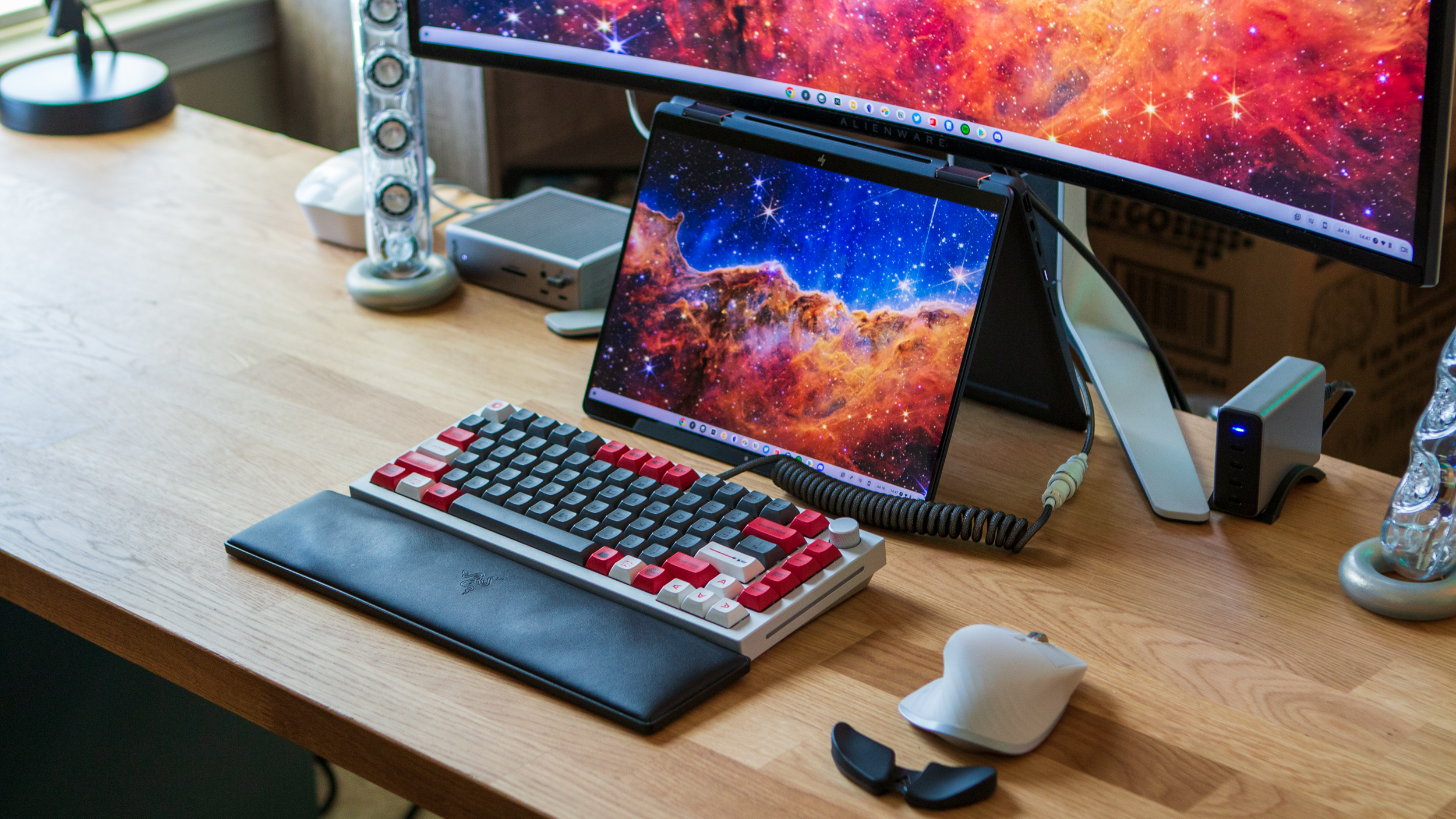
At this point in the cycle, we're seeing more and more 12th Gen Intel Chromebooks being released. The closest competition at the high-end for the Chromebook CX9 is easily the HP Elite Dragonfly Chromebook. HP not only offers a truly convertible design, but includes a magnetic USI stylus, a keyboard that is divine, and its incredible haptic trackpad. But the problem with HP's offering is its price, as even the base model starts at $1,149, giving ASUS about a $400 advantage.
From there, you have to look at Acer and its new-ish Chromebook Spin 714. You can't spec out the Spin 714 with a 12th Gen Core i7, but the Core i5 model that's available from Best Buy also comes with 8GB of RAM and a 256GB SSD. This retails for $729, although, we're already seeing sales for it that knock $100 off. The Spin 714 is not only newer, but it also sports a convertible design, and even features a built-in USI pen that can be easily stored right at the bottom of the keyboard.
ASUS Chromebook CX9: Should you buy it?
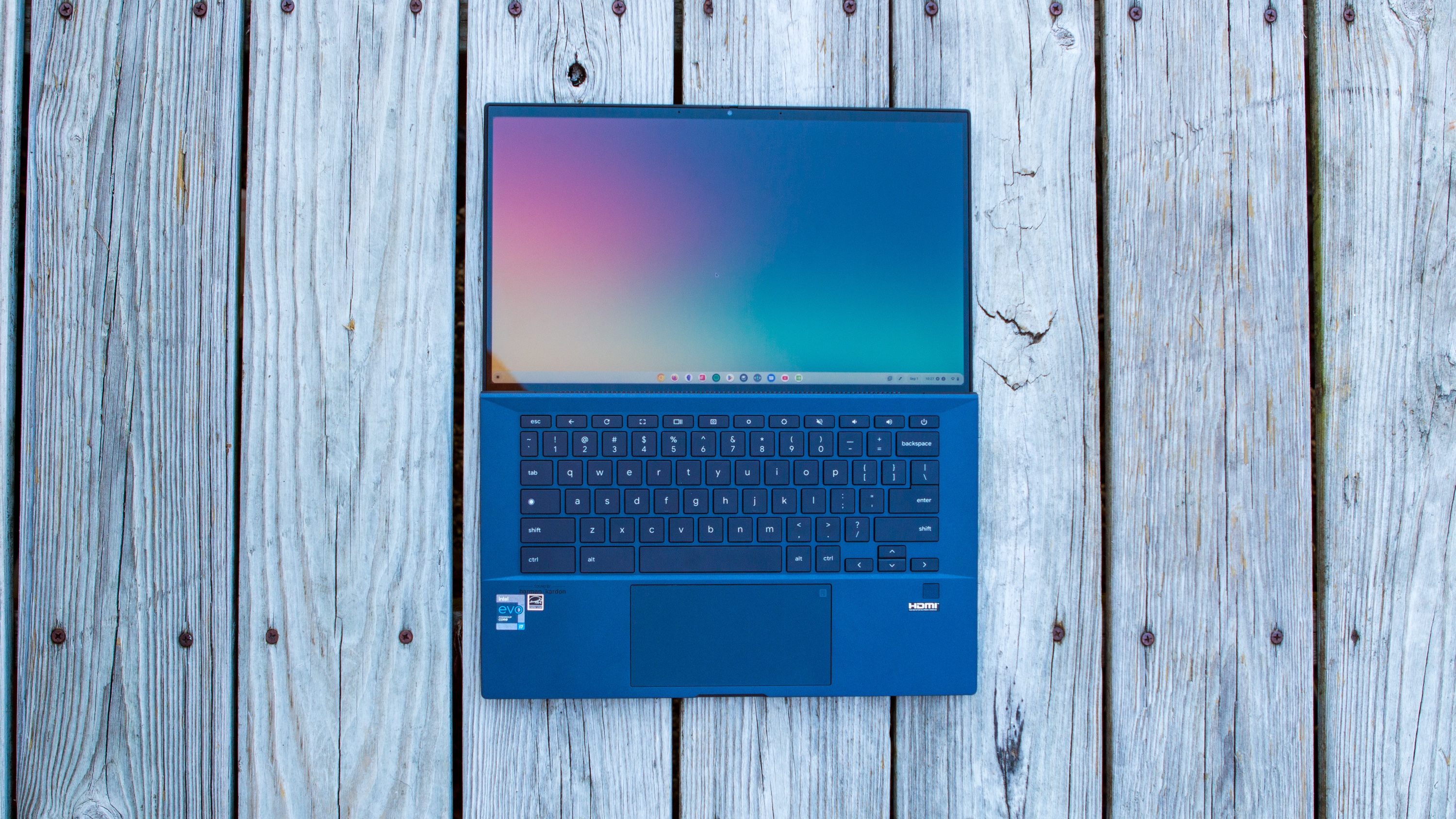
You should buy this if...
- You want a MIL-STD rated Chromebook.
- You plan on playing around with Steam Alpha.
- You want an enjoyable and unique typing experience.
- You don't have a big budget to work with.
You shouldn't buy this if...
- You want the latest and most powerful Chromebook.
- You need long-lasting battery life.
- You're on a budget.
The truth is that the Chromebook CX9, even with it being available for more than a year, still kind of stands alone from the pack. ASUS got a lot of things right with its flagship Chromebook, and it's making us hope that a successor is on the way. But the CX9 is also an indication of a larger "problem," and that's you don't really need all of this processing power.
Chromebooks are popular because they are (mostly) cheap and still get the job done, whereas similarly-priced Windows laptops just can't keep up. And while we're really excited about the prospects of Steam Alpha, by the time the program is out of its Alpha phase, there will likely be something else that's more affordable with the same amount of power.
Should you buy the Chromebook CX9? Probably not, unless you really want one of the most powerful Chromebooks out there, and don't want to sell a kidney to get the Elite Dragonfly. The CX9 has almost everything you could want in a laptop, save for the convertible design. If you do pick this up for yourself, just make sure you grab a powerful portable charger so you don't unexpectedly run out of juice.
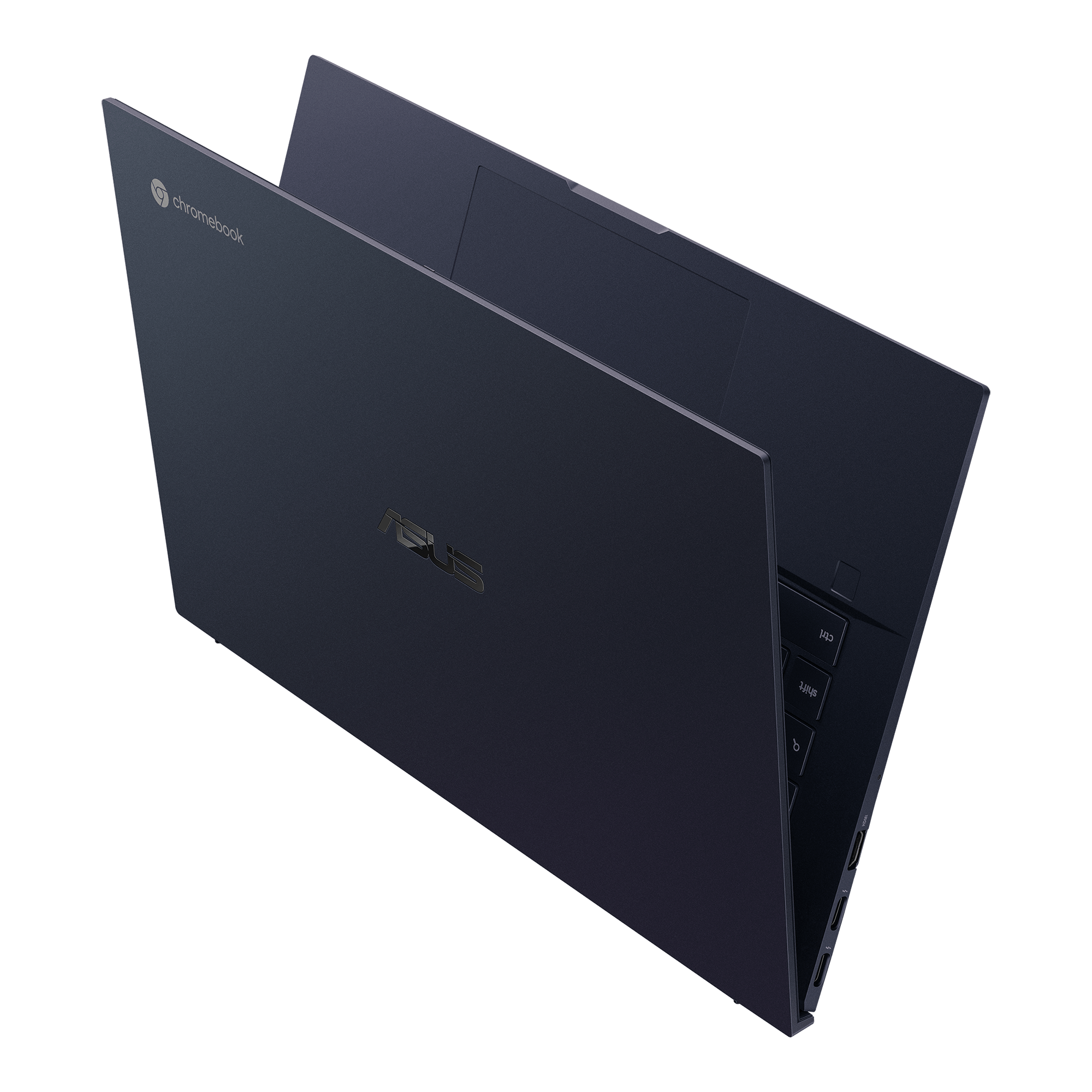
Great for almost everything
From its incredible power, to the comfortable typing experience and the beautiful UHD display, the Chromebook CX9 from ASUS checks a lot of boxes. But if you are on a budget or need long-lasting battery life, you're better off looking elsewhere.

Andrew Myrick is a Senior Editor at Android Central. He enjoys everything to do with technology, including tablets, smartphones, and everything in between. Perhaps his favorite past-time is collecting different headphones, even if they all end up in the same drawer.
